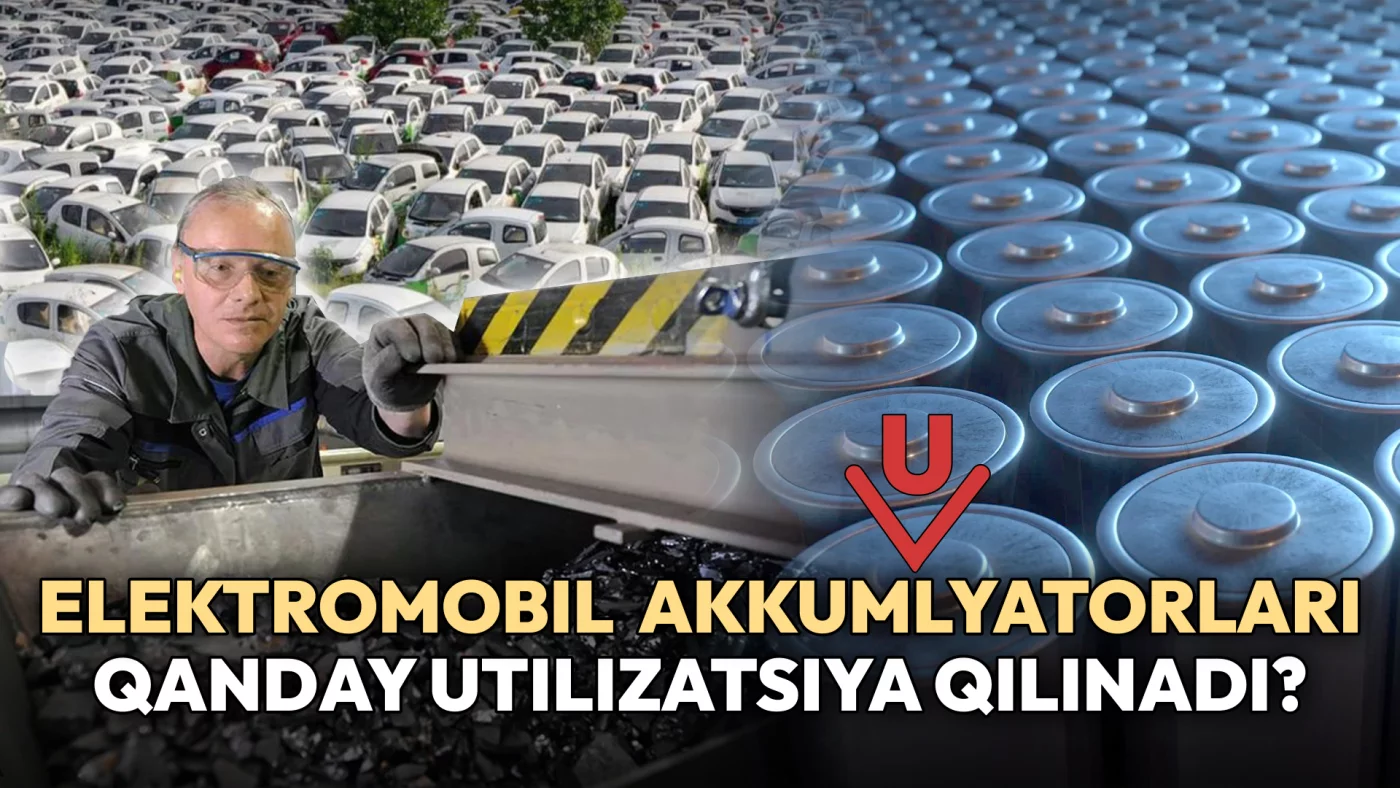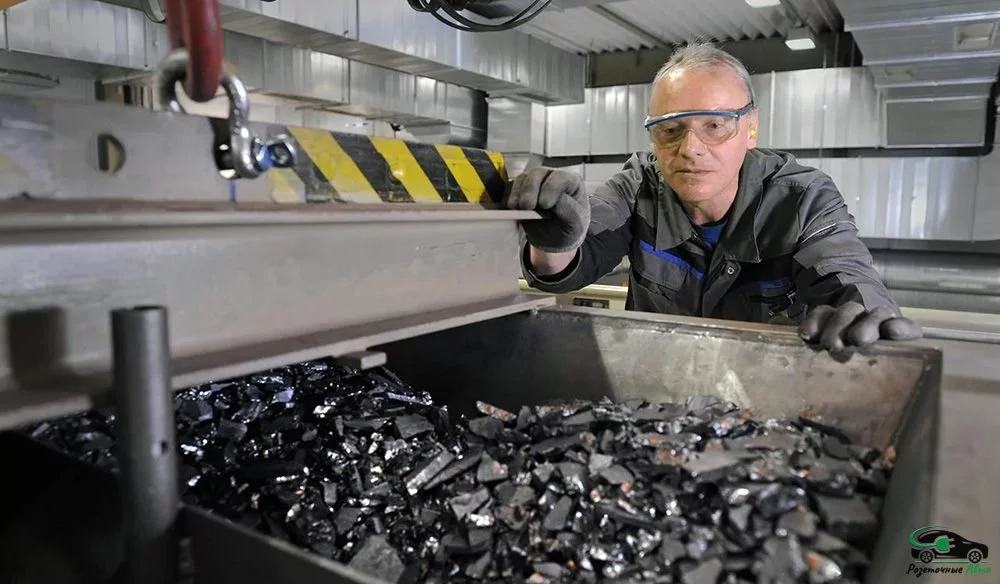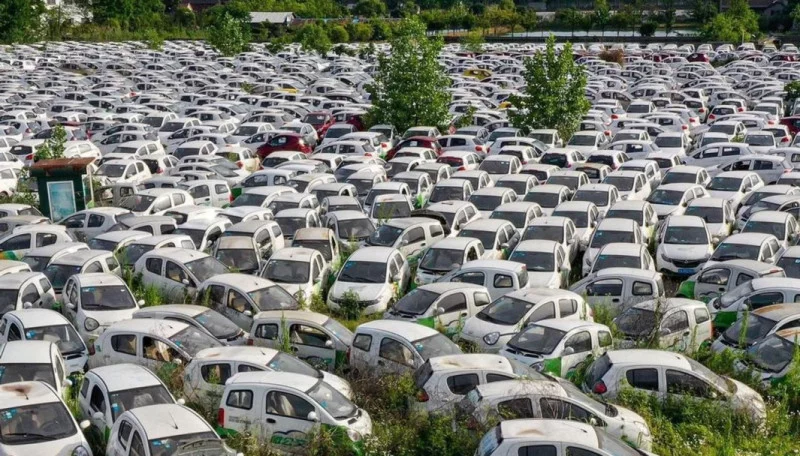
Photo: Daryo
According to the decision of the Cabinet of Ministers, from May 1 of this year, a fee will be introduced for the disposal of electric vehicles in Uzbekistan.
The amount of the disposal fee:
- for electric vehicles no more than 3 years old, it is 120 times the MRP (45 million soums);
- for electric vehicles more than 3 years old, it is 210 times the MRP (78 million 750 thousand soums).
With the number of electric vehicles increasing worldwide, it is no secret that the disposal of their batteries, and most importantly, the correct implementation of this process, is becoming an important issue. Below we will talk about methods for disposing of electric vehicle batteries.

Photo: Google Images
Why is battery recycling important?
Electric vehicle batteries contain valuable metals such as lithium, nickel, cobalt, and copper. In addition to being expensive to extract, their extraction also has a negative impact on the environment. Recycling batteries not only reduces environmental risks, but also recycles valuable resources and reduces the need to mine new materials.
How does the recycling process work?
There are several methods for recycling batteries. One of the most common is hydrometallurgy, in which batteries are immersed in a solution of chemicals to extract the metals. This method allows for the extraction of lithium and other elements in their pure form, which makes it easier to recycle them in the production of new batteries.
Another method is pyrometallurgy. In this case, batteries are heated to high temperatures, which allows the metals to be separated from the remains of other materials.
This process also allows for the return of resources such as cobalt and nickel to the market, making it a promising industry.
However, recycling electric vehicle batteries is a complex and expensive process. Recycling companies face a number of challenges, such as the need to build infrastructure and improve technology.

Photo: Google Images
Battery recycling business model
According to forecasts by Circular Energy Storage, the volume of electric vehicles for recycling is expected to increase more than tenfold by 2030.
In 2022, the battery life decreased to about 11.3 GWh. By 2030, this figure is expected to increase to 138 GWh. This is equivalent to about 1.5 million electric vehicles.
Electric vehicle batteries can last 10 years or more. Experts estimate that by 2040, 40 percent of the battery materials used in new electric vehicles will be obtained from recycled resources.
The minerals that make up a single electric car battery, primarily lithium, cobalt and nickel, cost an average of €1,000 to €2,000. These materials may run out in the next few years, but the batteries themselves can be recycled many times without losing their capacity.
According to Christian Marston, technical director of Altilium Metals, every electric car company wants to have its own supply chain, rather than being dependent on China for battery recycling.

Photo: Google Images
Currently, 30 percent of European gasoline-powered cars disappear without a trace abroad - they either end up in the hands of new owners in developing countries or are scrapped. Therefore, automakers themselves are trying to constantly monitor each electric vehicle sold.
In particular, Nissan only sells its electric vehicles in Japan on lease to control the batteries. Chinese electric car manufacturer Nio, on the other hand, leases batteries to customers and retains ownership of them.
Renault has a similar business model. When the batteries reach the end of their service life, the manufacturer replaces them with new batteries at the lowest possible price. With this approach, the batteries are reconditioned and reused. Read “Zamin” on Telegram!
Ctrl
Enter
Found a mistake?
Select the phrase and press Ctrl+Enter Related news
Information
Users of Меҳмон are not allowed to comment this publication.
Users of Меҳмон are not allowed to comment this publication.














